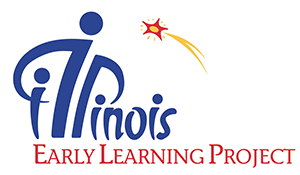Kyle’s preschool teacher notices that he often misses school because of colds. She hears a wheeze or whistling sound when he plays hard. Could he have asthma? Asthma causes the airways to swell, tighten, and fill with mucus. Severe asthma episodes can be life-threatening.
What are the warning signs of asthma in young children?
- frequent coughing, shortness of breath, or complaints of a tight feeling in the chest
- chest congestion with colds or colds that seem to last longer than other children
- coughing or wheezing when the child plays hard, laughs, or has a temper tantrum
- inability to keep up with peers when running or playing because of trouble breathing
What factors might bring on an asthma episode?
Although the cause of asthma is unknown, some episodes are triggered by
- smoke, dust, or air pollution
- allergies to pets, pollen, mold, grass, dust mites, and cockroaches
- strong odors, such as paint fumes, cleaning products, and perfume
- changes in temperature, particularly exposure to cold air
- exercise or strong emotions
- respiratory infections, such as colds
What is the teacher’s role?
If teachers suspect asthma, they can urge parents to contact their child’s health care provider. For each child who has a history of asthma, teachers and caregivers can:
- obtain the child’s asthma action plan prepared by the child’s parents and their health care provider.
- help the child avoid known triggers
- respond calmly to mild episodes and quickly use needed equipment or medications
- make sure the child uses their rescue inhaler or nebulizer when they are showing the warning signs of asthma
How would a teacher know if a child needs emergency help?
Call 911 and the parent/guardian if a child
- is showing signs they are struggling to breathe, such as nose flaring or their skin is pulled into their neck or rib cage when breathing
- can’t walk or talk easily
- has lips or nails that are blue or gray
IEL Resource
- Resource List: Caring for Children with Asthma


 PDF
PDF